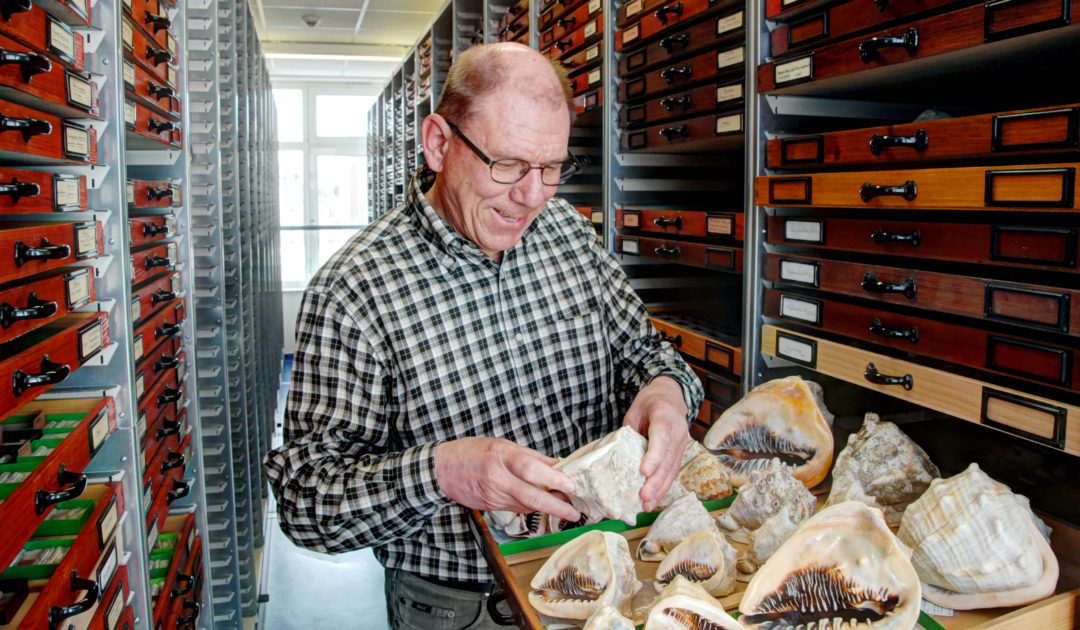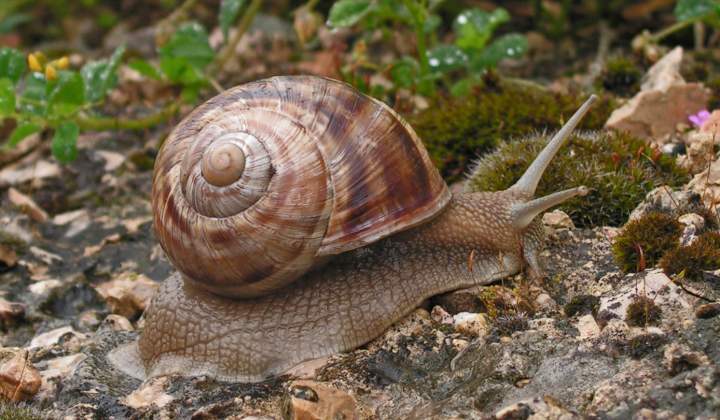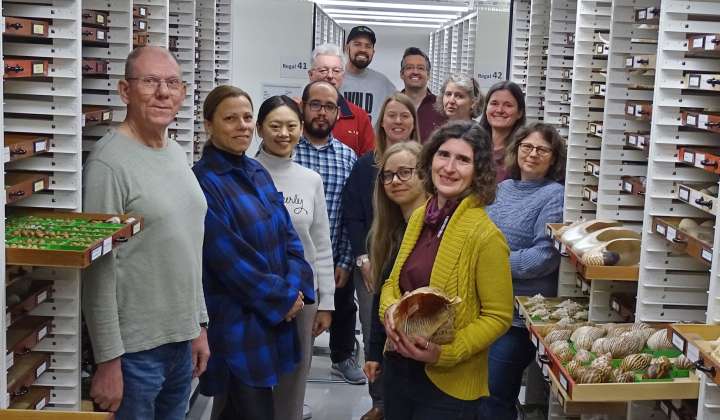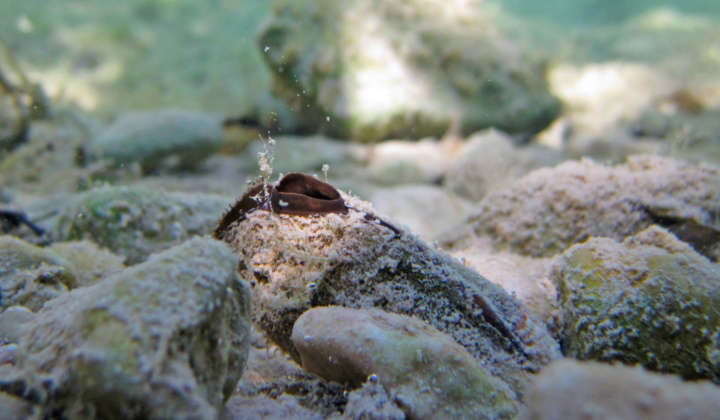Terrestrial and limnic molluscs make up the scientifically most important part of the collection in Frankfurt with about 22.000 taxa and 340.000 lots. Landsnails in particular contribute to the wordwide recognition of this collection.
Most important portions are:
Europe: Outstanding are the collections of E. A. Rossmässler (1806-1867) with vouchers of his fundamental „Iconographie der Land- und Süßwasser-Mollusken“ (1835-1859) and of P. Ehrmann (1868-1937) with vouchers of the “Tierwelt Mitteleuropas”. The collections of W. Kobelt (1840-1916), O. Boettger (1844-1910) and K. L. Pfeiffer (1874-1952) are rich of vouchers for many publications on Europe, in particular Southern Europe and the Caucasian region. The collection is even rich in material from the islands of Madeira, the Canaries and the Capverdes. The Balcans and in particular Turkey have been the main research interest of the honorary collaborator H. Schütt (1923-2009) whose collection with ca. 3.000 species and appr. 17.000 lots went as a legacy to Senckenberg in 2010.
The Philippines: Thanks to the monographic works on the landsnails by O. F. v. Moellendorff (1848-1903) the Senckenberg institute possesses probably the largest and most complete collection from this archipelago. With regard to the acute threat by habitat destruction this collection is of particular importance.
Asia and the Pacific region: Numerous samples from China, Japan, Indochina, the Carolines, New Guinea and the Moluccas are housed in the collection. Of particular importance are the freshwater molluscs from Thailand which form the basis of the monograph of R. Brandt (1974).
Arabia: Still ongoing research of the honorary collaborator E. Neubert is making the collection of endemic landsnails from Soqotra the best of its kind.
Land and freshwater molluscs from Africa, North and South America and Australia are represented in good numbers as well.
There are several parts of the collections that have outstanding importance for global systematics. One of them are freshwater mussels (Unionida) which were made one of the largest and most important collections worldwide by the works of F. Haas (custodian 1910-1936). The samples from Europe cover nearly all European river systems. Among the rich material from North America and Asia there are many extinct or endangered species.
A small insight into the collection of freshwater mussels is given by the Naiad Lot of the Month.
Our holdings of the family Clausiliidae represent the largest and most specious collection worldwide. This part is being permanently enlarged in a spectacular way thanks to the research of the honorary collaborator H. Nordsieck.
Other collections of outstanding importance include the Cyclophoroidea (operculate prosobranch landsnails), Rissooidean freshwater snails, Helicoidea, African Achatinidae and South American Bulimulidae.
The section of terrestrial and freshwater molluscs also received the collections of the following eminent authors and collectors: C.R. Boettger, H.G. Bronn, H.V. Ihering, S. H. Jaeckel, H. Kaltenbach, A. Liebegott, G. Nägele, H. Nordsieck, K. L. Pfeiffer, O. Reinhardt, W. R. Schlickum, H. Schütt, A. Zilch.





